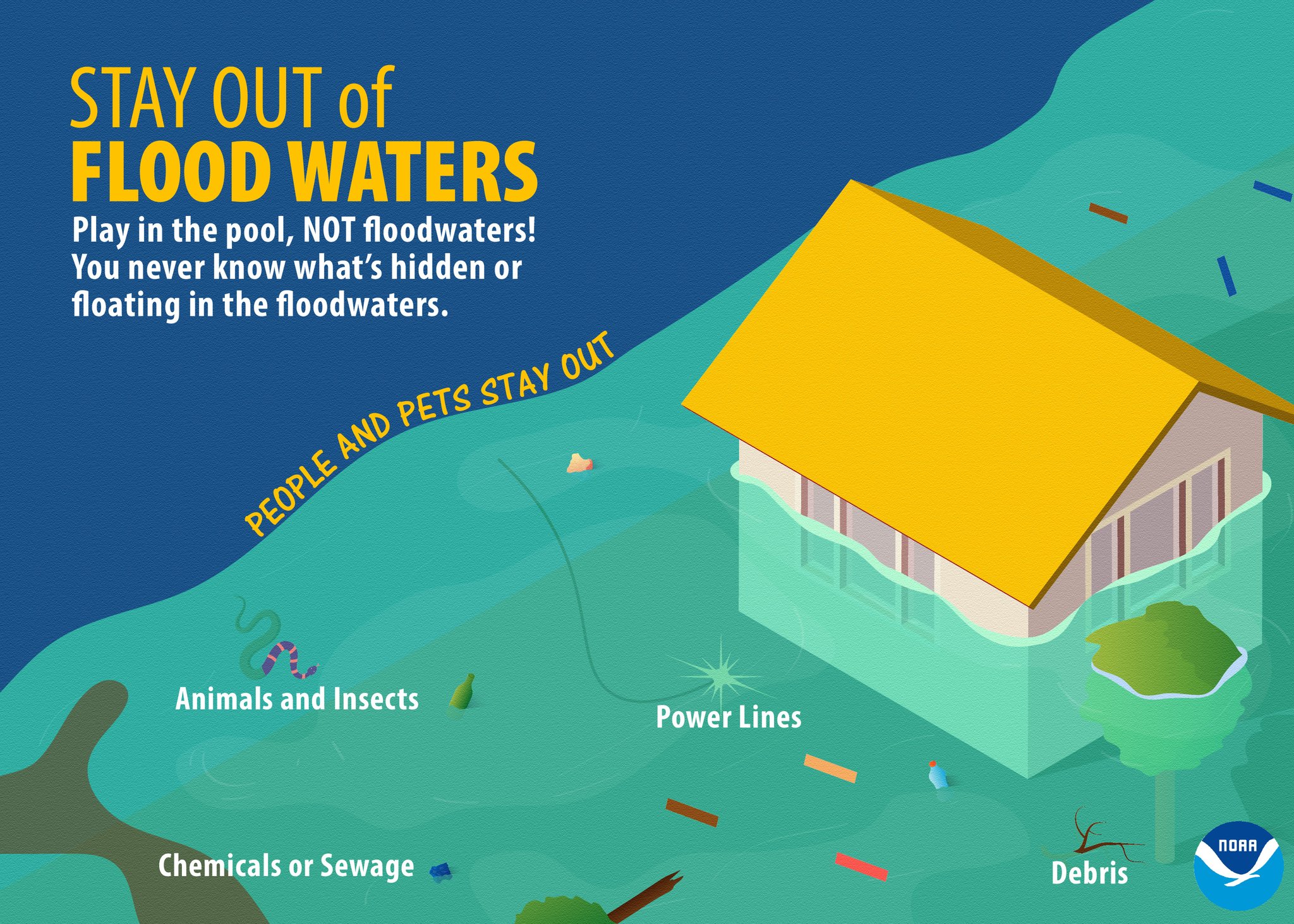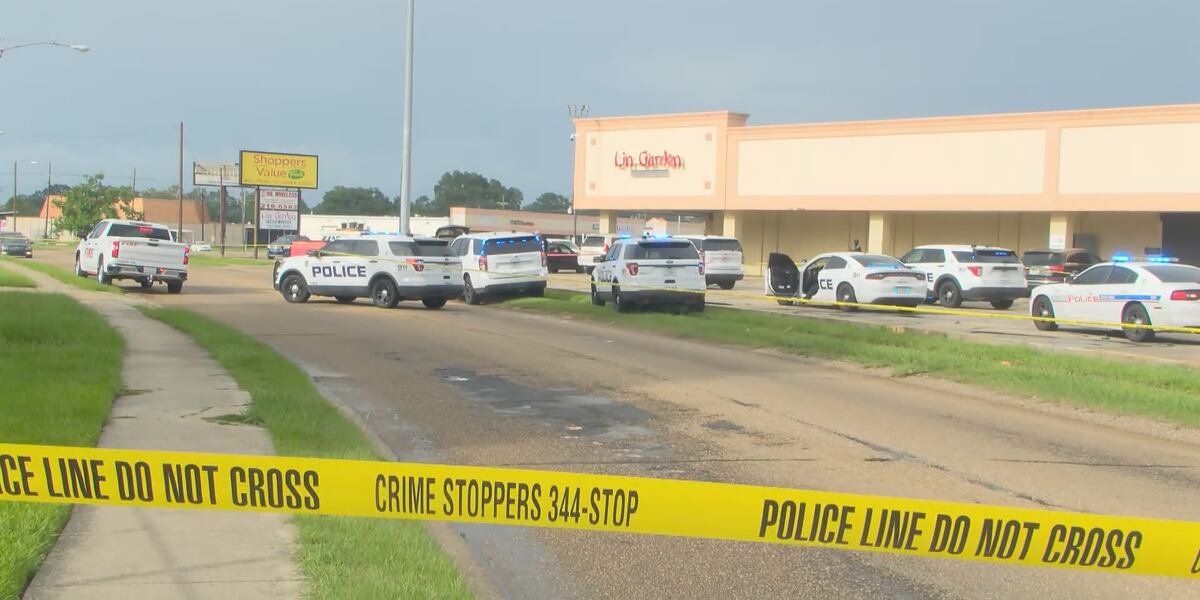Flash Flood Emergency: Causes, Effects, And Prevention

Table of Contents
Causes of Flash Floods
Flash floods, a type of rapid flooding, are triggered by a variety of factors, often combining to create a catastrophic event. Understanding these causes is the first step towards effective flood prevention.
Intense Rainfall
The most common cause of flash floods is intense rainfall over a short period. Areas with poor drainage systems are particularly vulnerable. Heavy downpours overwhelm the capacity of the ground to absorb water, leading to rapid runoff and the swift accumulation of water in low-lying areas.
- High rainfall intensity: Rainfall exceeding the ground's absorption capacity leads to surface runoff.
- Overwhelmed drainage systems: Existing drainage infrastructure can be quickly overwhelmed by intense rainfall, exacerbating the flooding.
- Geographical factors: Steep slopes and impermeable surfaces, such as paved roads and parking lots, contribute to rapid runoff and increased flood risk. Thunderstorms, monsoons, and hurricanes are all significant contributors to intense rainfall events that can trigger flash floods.
Dam or Levee Failures
The failure of dams or levees can unleash catastrophic flash floods downstream. This can be caused by a number of factors, including:
- Dam breaches: A breach in a dam's structure releases a massive volume of water, causing devastating downstream flash flooding.
- Levee failures: Erosion or overflow can lead to levee failures, resulting in rapid flooding of surrounding areas.
- Inadequate maintenance: Aging infrastructure and a lack of proper maintenance increase the risk of dam and levee failures. Human error during construction or operation can also contribute.
Upstream Flooding
Flooding in upstream areas can rapidly translate into downstream flash floods. The sudden release of large volumes of water, often channeled through narrow valleys or canyons, can amplify the flood's destructive power.
- Rapid water accumulation: Upstream areas can accumulate significant water volumes quickly, especially in mountainous regions.
- Sudden release downstream: This accumulated water is suddenly released downstream, often with devastating consequences due to the concentrated flow.
- Impact of upstream dam releases: Controlled releases from upstream dams, while sometimes necessary for flood control, can contribute to downstream flash floods if not managed properly. Snowmelt in mountainous areas can also act as a significant contributor to upstream flooding.
Effects of Flash Floods
The consequences of a flash flood emergency are severe and far-reaching, impacting lives, property, and the environment.
Property Damage
Flash floods cause extensive damage to homes, businesses, and infrastructure, resulting in significant economic losses.
- Building collapses and structural damage: The force of the floodwater can cause buildings to collapse or suffer severe structural damage.
- Destruction of roads, bridges, and utilities: Infrastructure is often severely damaged or destroyed, disrupting essential services and transportation.
- Loss of personal belongings and possessions: Flooding can result in the complete loss of personal belongings and possessions, causing significant financial hardship.
Loss of Life
Flash floods are incredibly dangerous, claiming lives every year. The speed and power of the water make escape difficult, and submerged debris adds to the risk.
- Drowning: Drowning is the most common cause of death in flash floods due to swift currents and submerged debris.
- Injuries from impact with debris: Impact with debris carried by the floodwater can cause serious injuries.
- Electrocution from downed power lines: Downed power lines pose a significant electrocution risk during and after a flash flood.
Environmental Impact
Flash floods have a significant impact on the environment, disrupting ecosystems and harming wildlife.
- Water pollution: Floodwaters can carry pollutants into rivers, lakes, and groundwater sources, contaminating water supplies.
- Loss of biodiversity and habitat disruption: Flooding can destroy habitats, leading to the loss of biodiversity and disruption of ecological balance.
- Long-term effects on soil fertility and ecosystem health: Soil erosion and the deposition of sediments can have long-term negative consequences on soil fertility and ecosystem health.
Prevention and Mitigation of Flash Floods
Preventing and mitigating the effects of flash floods requires a multi-faceted approach involving early warning systems, responsible land use planning, and individual preparedness.
Early Warning Systems
Effective early warning systems are critical for minimizing the impact of flash floods.
- Weather radar and forecasting models: Sophisticated meteorological tools are used to monitor weather patterns and issue timely warnings.
- Dissemination of warnings: Warnings are disseminated through multiple channels, including radio, television, mobile alerts, and community notification systems.
- Community preparedness and evacuation plans: Communities need well-defined evacuation plans and emergency response procedures.
Land Use Planning
Responsible land use planning is crucial for reducing vulnerability to flash floods.
- Restricting development in floodplains and high-risk zones: Construction in floodplains should be strictly regulated or prohibited to minimize risk.
- Improving drainage infrastructure and stormwater management: Effective drainage systems and stormwater management practices can reduce surface runoff.
- Promoting sustainable land management practices: Sustainable practices, such as reforestation and soil conservation, help reduce erosion and improve water absorption.
Individual Preparedness
Individuals can take several steps to protect themselves and their families during a flash flood emergency.
- Developing a family emergency plan: A family emergency plan should include evacuation routes, meeting points, and communication strategies.
- Creating a go-bag with essential supplies: A go-bag containing essential supplies, such as food, water, medication, and important documents, is crucial.
- Monitoring weather forecasts and heeding warnings: Staying informed about weather forecasts and heeding warnings issued by local authorities is essential.
Conclusion
Flash flood emergencies pose a significant threat, but understanding the causes, effects, and preventative measures empowers us to mitigate their impact. By implementing early warning systems, improving land use planning, and increasing individual preparedness, we can significantly reduce the risks associated with these devastating events. Staying informed, developing a plan, and taking proactive steps are crucial for safeguarding lives and property during a flash flood emergency. Remember to always heed weather warnings and prioritize your safety. Learn more about flash flood prevention and preparedness in your area and be ready for a flash flood emergency.

Featured Posts
-
 Chinas Tennis Growth Impact Of Top Players According To Italian Open Head
May 25, 2025
Chinas Tennis Growth Impact Of Top Players According To Italian Open Head
May 25, 2025 -
 Safety Concerns Raised After Shooting At Popular Southern Vacation Spot
May 25, 2025
Safety Concerns Raised After Shooting At Popular Southern Vacation Spot
May 25, 2025 -
 Ricchezza Mondiale 2025 La Nuova Classifica Forbes Degli Uomini Piu Facoltosi
May 25, 2025
Ricchezza Mondiale 2025 La Nuova Classifica Forbes Degli Uomini Piu Facoltosi
May 25, 2025 -
 Artfae Daks Alalmany Ila 24 Alf Nqtt Bfdl Atfaq Jmrky Byn Washntn Wbkyn
May 25, 2025
Artfae Daks Alalmany Ila 24 Alf Nqtt Bfdl Atfaq Jmrky Byn Washntn Wbkyn
May 25, 2025 -
 The Impact Of The Rtx 5060 Launch On Gamer Trust
May 25, 2025
The Impact Of The Rtx 5060 Launch On Gamer Trust
May 25, 2025
